This article is about the benefits and side effects of nave oranges, and an interesting question to answer! What is the average weight of an orange?
Navel orange during pregnancy
This orange salad from the Mediterranean is easy to prepare yet visually stunning. The addition of pomegranate seeds (arils), fresh mint, and honeyed lime dressing breathes new life into navel oranges. A few tips may have a significant influence, so continue reading! Although orange salad is common across the Mediterranean, this variation resembles North African cuisine the most. Imagine nations such as Morocco, Tunisia, and Egypt, where I was born. The addition of pomegranate arils (seeds), fresh mint, and a few more flavor enhancers improves this simple, bright, and attractive orange salad. It is simple to prepare and is ideal for a last-minute celebration or holiday feast. Below is an illustration of what I mean. A straightforward orange salad with Mediterranean flavors. This salad has two vivid and strong ingredients: oranges and pomegranate arils (seeds). I add a few slices of red onion or shallot and a large bunch of fresh mint to the orange segments, which creates a beautiful foundation. This salad has a robust flavor due to the addition of spicy spices, honey, and orange blossom water to a lime dressing (both optional). This orange salad is a crowd-pleaser, as are many fruit salads. In my opinion, the fact that it can be “composed” by being set on a bright dish is an enormous benefit. It is a simple but beautiful technique to display fruit salad that transcends the usual “fruit put into a bowl” Instead of being tossed into a bowl, the components of a prepared salad are carefully arranged on a plate. Not only does arranging the salad’s components in an attractive pattern make the salad seem more delicious, but it also ensures that each bite has the ideal balance of flavors. Spending a minute or two more arranging the salad ingredients on the tray is time well spent. 
Navel orange dessert recipes
Some Preparation Suggestions for the Orange Salad To produce a great orange and pomegranate salad, you just need a few simple ingredients and a few helpful tips. How? Keep reading! Developing the Dressing This is a simple task. Mix the lime juice, olive oil, honey, and orange blossom water, if using, in a small dish or Mason jar. While not essential, orange blossom water offers a lovely scent and a bit of brightness to the dish. To explain, I use the following brand: (affiliate link). Prepare the Oranges! The addition of orange slices to this salad enhances not just its visual appeal, but also its entire texture quality. Instead of using my hands to remove the fruit’s skin, I use a tiny paring knife to cut the fruit into medallions (affiliate link). When peeling very fresh oranges by hand, the fruit may occasionally split if it is really ripe. Then I return and strive to eliminate as much pith as possible (the white spongy layer between the skin and the fruit). Even while the pith is edible and helpful to your health, it is often removed in order to enhance the overall taste. Prepare the Onions The next step is to prepare the onions using my little-known technique, which will reduce the bite of the onions. Place the cut onions in cold water for 5 to 10 minutes. You may also soak them in orange juice or vinegar. Due to the modest number of components, the orange salad’s flavor will not be impacted by “pickling” the salad ingredients in water. If raw onions are to be used in a recipe, marinating them prior is recommended. This dramatically affects the game. Set the pomegranate’s arils aside. Some individuals I know grow anxious at the notion of having to cut open and remove the seeds from a pomegranate. Since this is a fairly untidy process, it is permissible to buy pomegranate seeds that have already been wrapped. If you’re wondering, “How do I remove the seeds from a pomegranate?” you’ve come to the right place. Here’s what you should do: Cut the pomegranate in half lengthwise. Hold the side with the slit in your palm while you examine the contents of a bowl. Tap the skin of the fruit with a wooden spoon. The seeds will distribute spontaneously. Keep extra seeds in the refrigerator for up to one week. Mix the Salad. Serve the salad in the end! Begin by placing a few fresh mint leaves as a bed for the orange slices to create a beautiful, vibrant display. Arrange the onion rings and orange slices in a pleasing arrangement. Shake on some salt, smoked paprika, and cinnamon. The pomegranate seeds should now be scattered on the dish. Drizzle salad with dressing and garnish with more mint leaves. Is it feasible to make this Orange Pomegranate Salad in advance? This salad is best prepared just before serving. And you can see how simple it is! However, you may get a head start by doing preparatory tasks earlier in the day or the night before. After peeling and slicing the oranges, place them in an airtight container in the refrigerator. A pomegranate’s arils, or seeds, may be extracted, washed, and kept in a separate container. Prepare the dressing and keep it in an airtight jar overnight. Shake the dressing before pouring it over the salad. The ideal accompaniment for this salad The orange salad is really versatile. It would be wonderful as part of a morning spread or as an addition to a variety of savory meals, including roast lamb and lamb chops, roasted turkey breast and Souvlaki, and salmon skewers. INGREDIENTS Thinly sliced red onions (1 1/2 ounces) (about 1 cup) Six navel oranges that have been peeled and sliced into rounds 25 mint sprigs, fresh Use a pinch of Kosher salt to season Rub in some flavorful paprika Snip some cinnamon powder. There are 1 pomegranate’s worth of seeds (arils) Dressing Use one tablespoon of pure olive oil and one tablespoon of lime juice. 0.5 grams cinnamon 1 ounce honey Orange blossom water, 1 1/2 tablespoons INSTRUCTIONS Do the condiments. Stir together the lime juice, olive oil, honey, and orange blossom water in a small bowl. Setting apart. Onions should be soaked in freezing water. Allow the onions to soak for 5 to 10 minutes, then drain and pat dry. Produce a serving dish. Before adding the orange slices and onions to the plate, sprinkle the top with half of the chopped mint. Shake on some salt, smoked paprika, and cinnamon. The pomegranate seeds should now be scattered on the dish. Drizzle or spoon the dressing over the orange pomegranate salad before serving (You can add as little or as much as you want to the dressing. The salad should be finished with the remaining mint leaves. Set aside for about five minutes before serving. 
Navel orange dwarf tree
Navel Orange is one of the most popular fruits in the world, and its numerous health benefits are widely known. ( and of course it has side effects for excessive use) Oranges are a flexible fruit that may be consumed as a snack or used in a variety of meals. Orange juice consumption at breakfast is connected with a reduced risk of acquiring diabetes later in the day, according to recent study. Generally, you have the choice between sweet and bitter, with the former being the more common option. The skin of a quality orange should be dense and substantial for its size, with a smooth texture. The juice content will be higher than in softer or lighter kinds. Whole oranges versus orange juice Nutritionally, eating an orange in its whole is superior to drinking orange juice. Fiber is accountable for these effects. Even though orange juice has the same amount of natural sugar as two whole oranges, the lack of fiber makes one cup (240 ml) appear less gratifying. Fiber’s bulking impact on stool assists in the prevention of constipation. Because of the possibility of excessive consumption and consequent calorie intake, eating whole fruits is better than drinking fruit juice if you’re controlling your weight. If you must consume juice, limit yourself to small quantities of freshly squeezed orange juice. The store-bought beverage has been preserved with chemicals and is thus unhealthy. Oranges are typically well tolerated and only very rarely produce allergic responses. Due to the presence of citric acid and ascorbic acid in this fruit, it may aggravate heartburn symptoms in individuals who are already suffering from them (vitamin C). Oranges are healthy, so consume them! Vitamin C-rich Oranges have a very high vitamin C concentration. One orange is comparable to 116. 2% of the recommended daily allowance of vitamin C. Vitamin C is associated with a reduced incidence of colon cancer because it assists in the removal of free radicals that damage our DNA. Normal immune function Vitamin C is beneficial for preventing colds and ear infections, and it is essential for maintaining a healthy immune system. Protects the skin from injury. Oranges’ antioxidants help reduce the free radical damage that causes premature aging. If you are above the age of 50, eating one orange every day may make you seem younger. Contributes to a healthy blood pressure Vitamin B6 in oranges assists in the production of hemoglobin, while magnesium aids in the maintenance of healthy blood pressure. Reduces LDL cholesterol levels Researchers in the United States and Canada have discovered that a group of chemicals known as Polymethoxylated Flavones (PMFs) found in the peels of citrus fruits may be able to lower cholesterol levels more effectively and with fewer side effects than certain routinely prescribed medications. Enhances iron absorption. Citrus fruits are vital to health due to their involvement in iron absorption. Citrus fruits have been on the list of recommended diets for anemic persons for as long as anybody can remember. Anemia develops when the body lacks the iron mineral, which is essential for proper biological functions. However, oranges’ vitamin C is necessary for the body to absorb the iron they contain. 
Navel orange dry inside
Oranges contain nutrients that, when consumed within acceptable levels, reduce the risk of heart disease. Globally, cardiovascular disease is a major contributor to premature death. The capacity of oranges to lower blood cholesterol, a key risk factor for several cardiovascular illnesses, shows that they may also be beneficial for cardiovascular health as a whole. Controls glucose concentrations in the blood Due to the fiber content, oranges are a healthy snack for diabetics since they assist to maintain stable blood sugar levels. Oranges contain simple sugars as well. Oranges contain fructose, a natural sugar that prevents a sharp rise in blood sugar after a meal. It has a glycemic index of 40, and meals with a glycemic index below 50 are often considered low in sugar. However, this does not give you permission to devour a dozen oranges at once. In addition to increasing insulin levels and perhaps promoting weight gain, overeating poses a significant health risk. lower cancer risk Oranges contain the chemical D-limonene, which has been associated to a lower risk of lung cancer, skin cancer, and even breast cancer. Oranges are abundant in vitamin C and antioxidants, both of which strengthen the immune system and lower the chance of acquiring cancer. Additionally, the fruit’s high fiber content makes it an effective cancer preventive. According to a recent study, malignancies caused by DNA mutations that may be prevented with vitamin C account for up to 15% of all cases. Restores the body’s pH balance Oranges are inherently acidic prior to digestion, however they include a number of alkaline components that help digestion. Similar to lemons, which are among the most alkaline foods, oranges possess this characteristic. The Health of the Eyes Oranges may contain a considerable quantity of carotenoid. Vitamin A is necessary for preserving the health of the mucous membranes of the eye. Vitamin A also prevents age-related macular degeneration, which may lead to blindness if left untreated. And it helps the eyes absorb light. Avoidance measures for constipation Oranges include both soluble and insoluble fiber. This prevents irritable bowel syndrome by preserving normal gastrointestinal function. Additionally, the fiber helps relieve constipation. Helpful suggestion Similar to other citrus fruits, oranges produce more juice when they are at room temperature, so squeeze them then. To extract more juice from an orange, roll it under your hand on a flat surface. Since vitamin C degrades quickly when exposed to air, you should swallow an orange immediately after slicing it. Where oranges originated An examination of the past reveals that oranges have a rich history. Oranges were first grown in the present-day northeastern area of India, southeast Asia, and southern China. China began cultivating the plant as early as 2500 BCE. The Romans carried young orange trees from India to Rome in the first century AD. Christopher Columbus brought the first orange trees to the island of Haiti. In 1493, he had purchased the seeds. By 1518, not only Brazil but also Panama and Mexico were growing their own oranges. The first orange trees were planted in America around 1513. Juan Ponce de Leon, a Spanish explorer, is credited for this. The sweetest oranges include Valencia, blood orange, Navel, and Persian. 
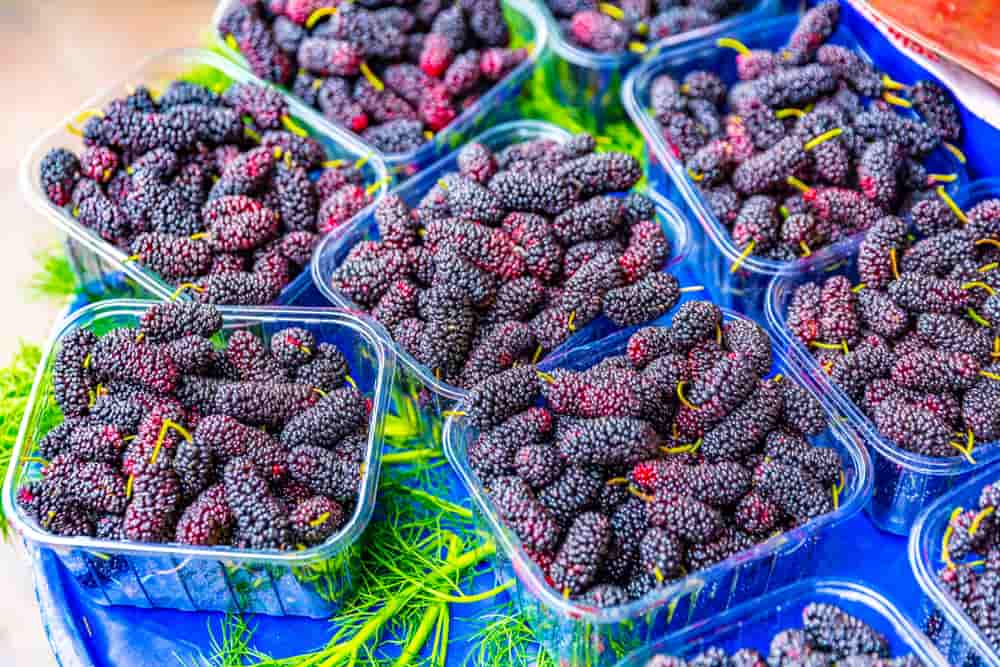
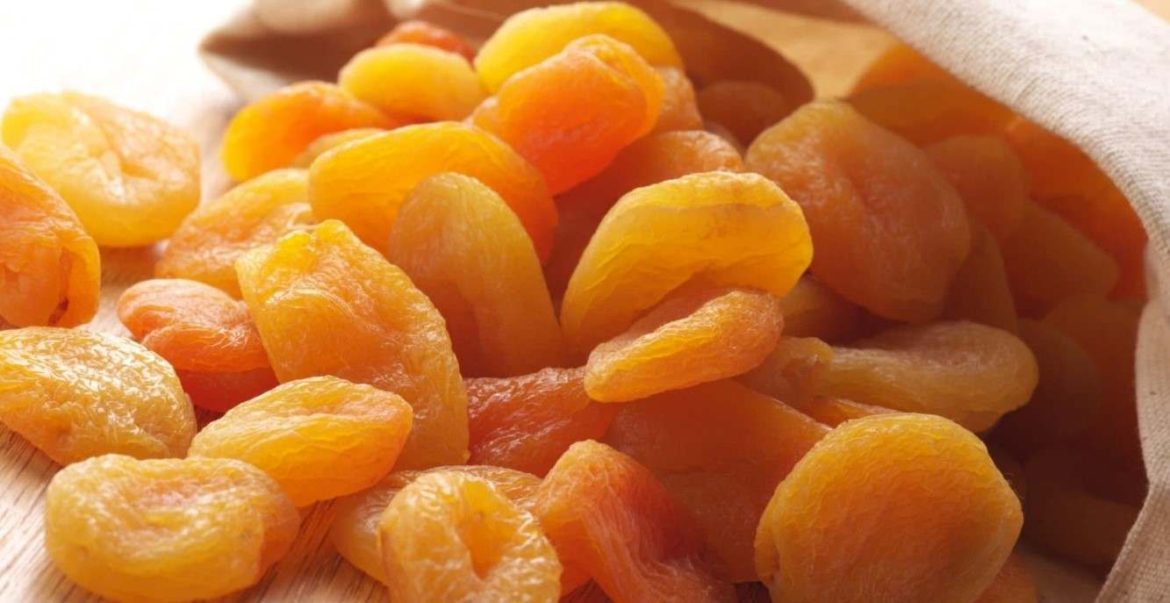
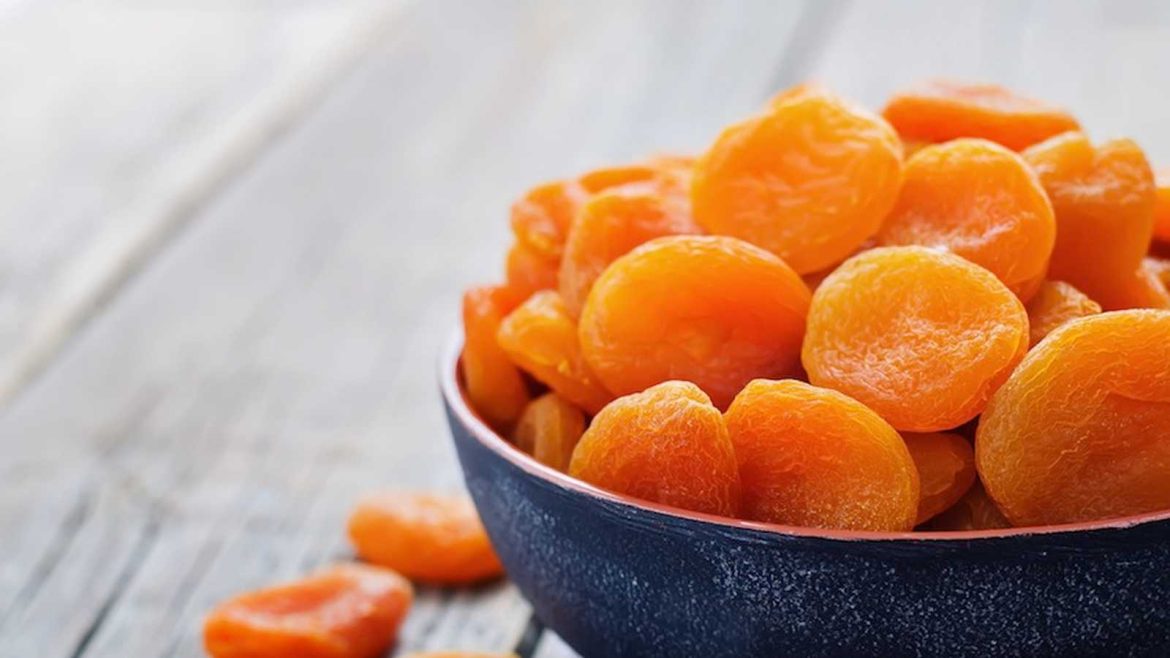
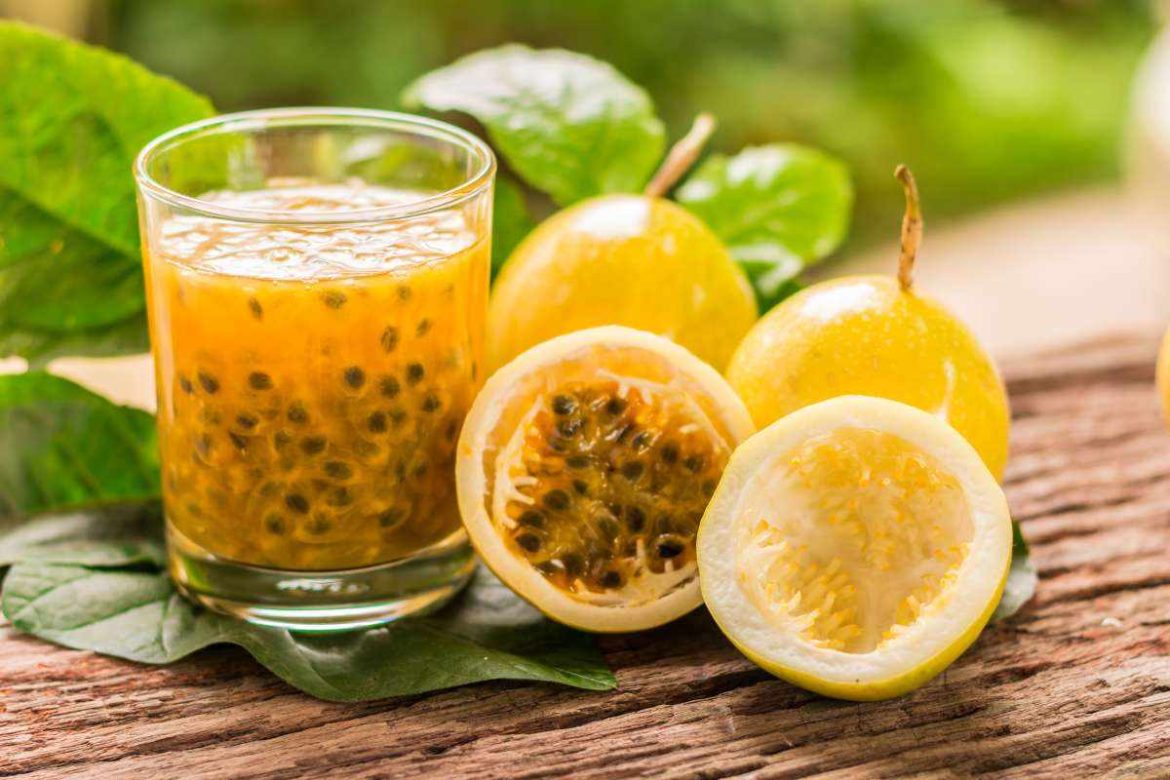

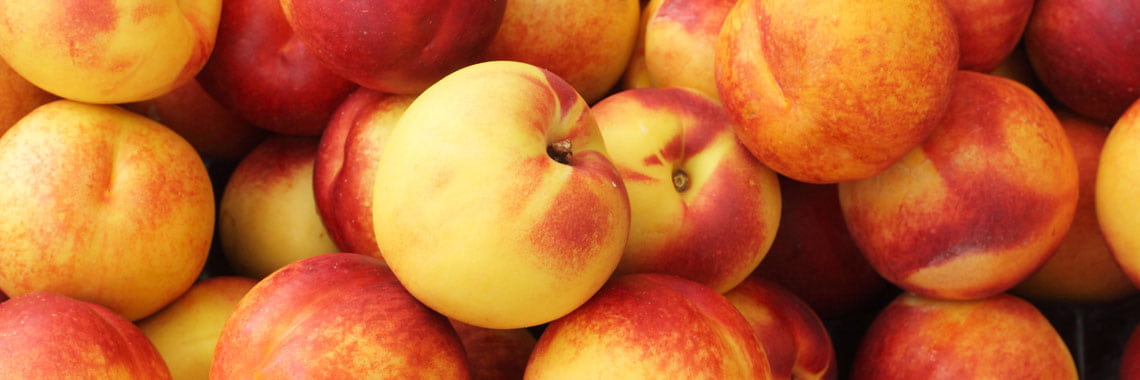
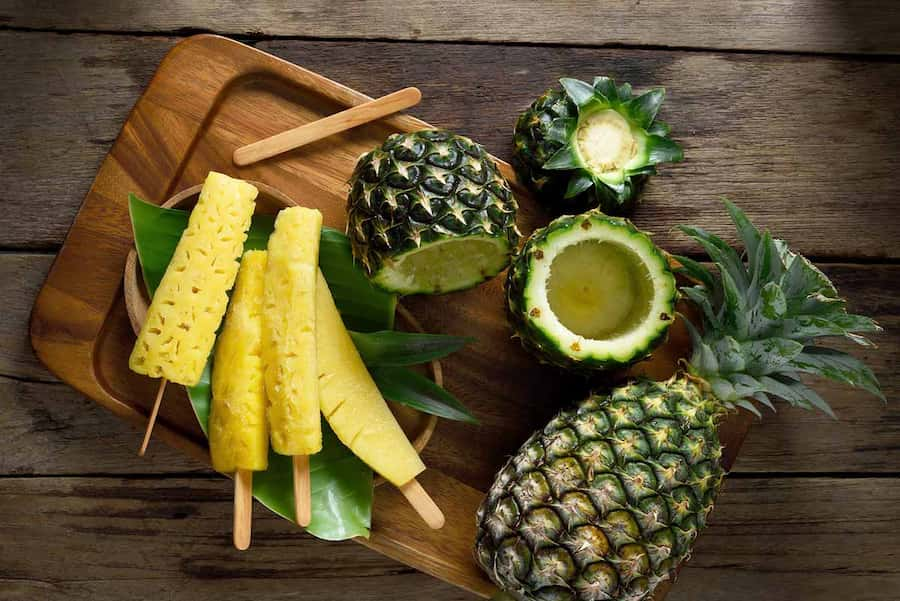


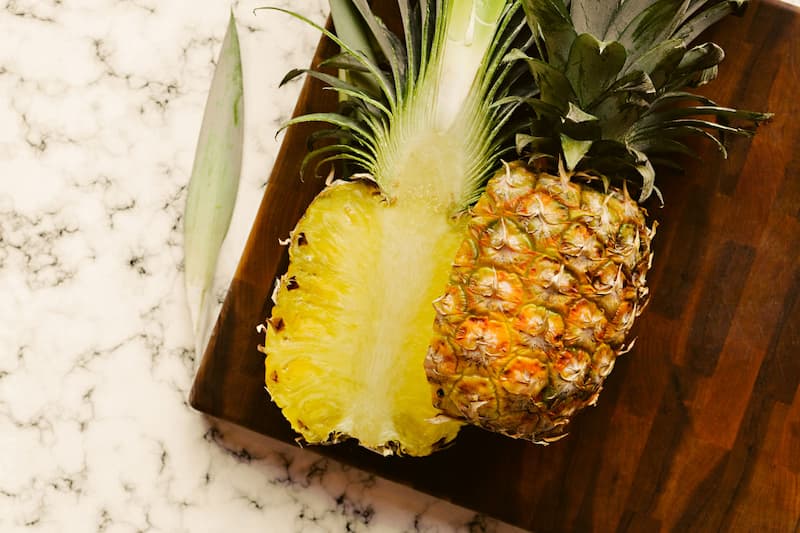
Your comment submitted.